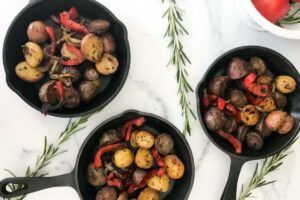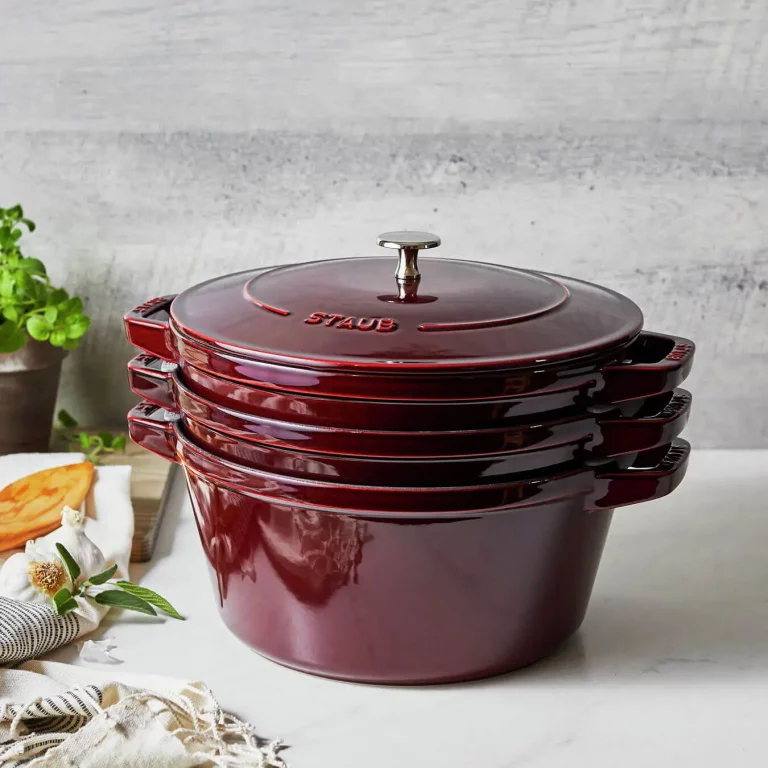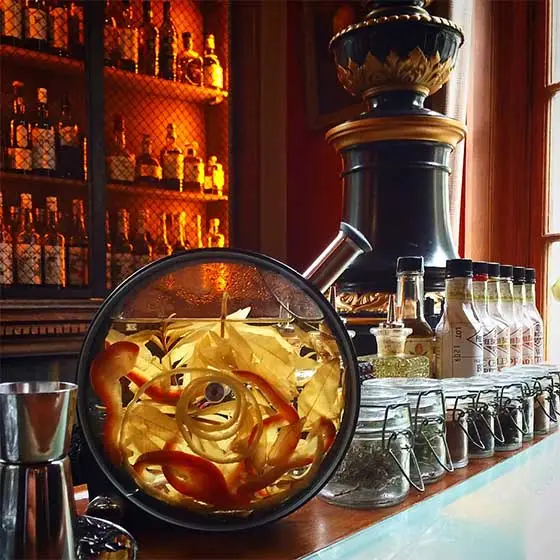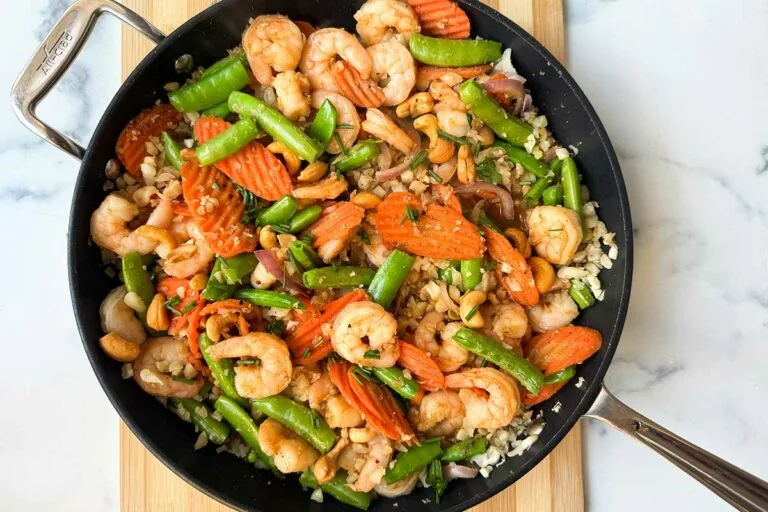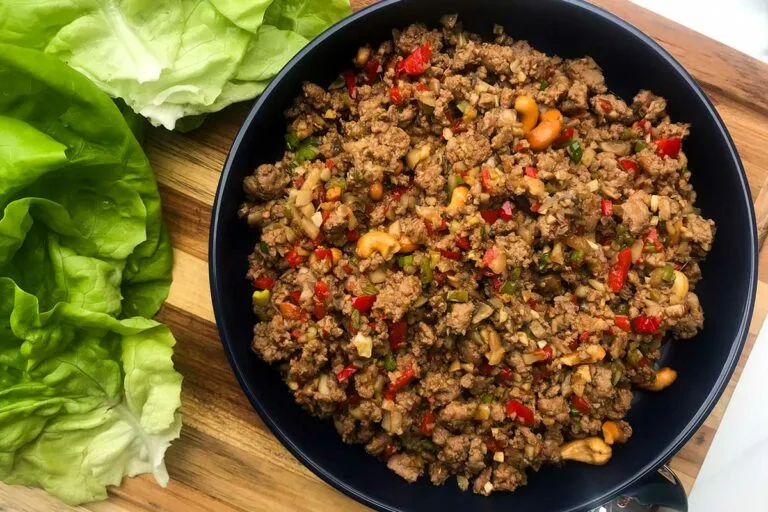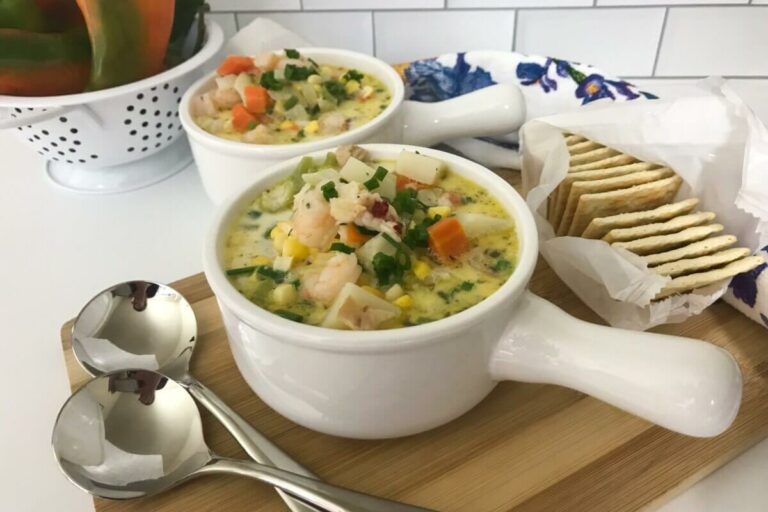
This is an old time favorite recipe of mine. It comes out every summer when the corn is fresh and the seafood is abundant. When I first found this recipe, it called for only Live Lobsters. Since fresh lobster can be hard to find at times and because it can be a lot of work, I switched to lobster tails. There is no loss of flavor here. I also substituted shrimp for ½ the lobster meat because it was more economical. Again, there is no loss in flavor. You can use any combination of lobster, shrimp or crab that you like. The key to making this great soup is the stock. And the flavor of that stock comes from the shells and corncobs so do buy your shellfish with the shells on so you can make this. HELPFUL TIP: Whenever I make shrimp, (Which is quite often since it is one of my favorite shellfish.) I put the shells in a baggie and keep them in the freezer. Then, I can just pull them out and make this stock anytime. I do the same with lobster shells. The more shells the better, so load up that pot and make the most wonderful stock using any additional shells you might have in the freezer.
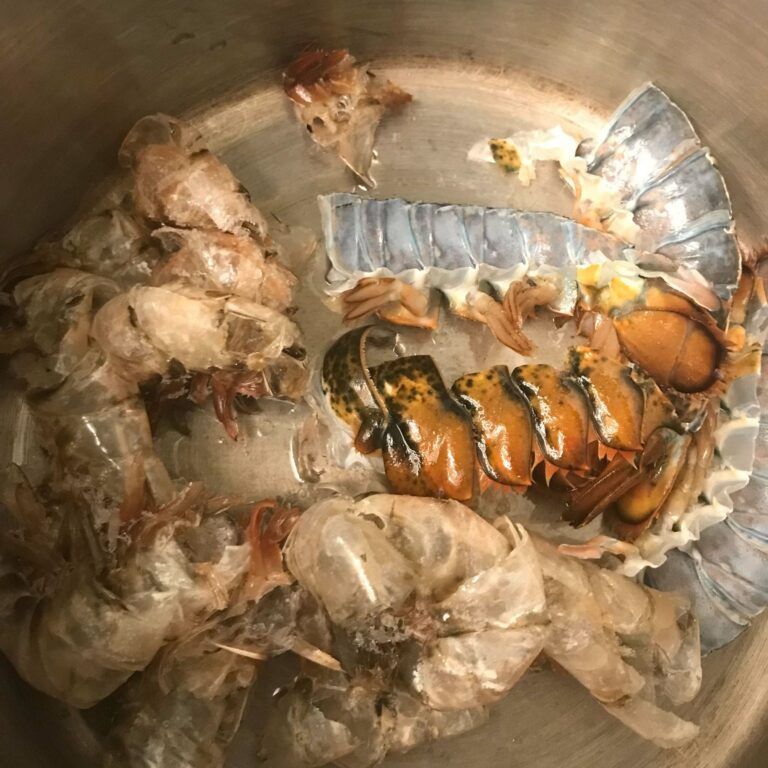
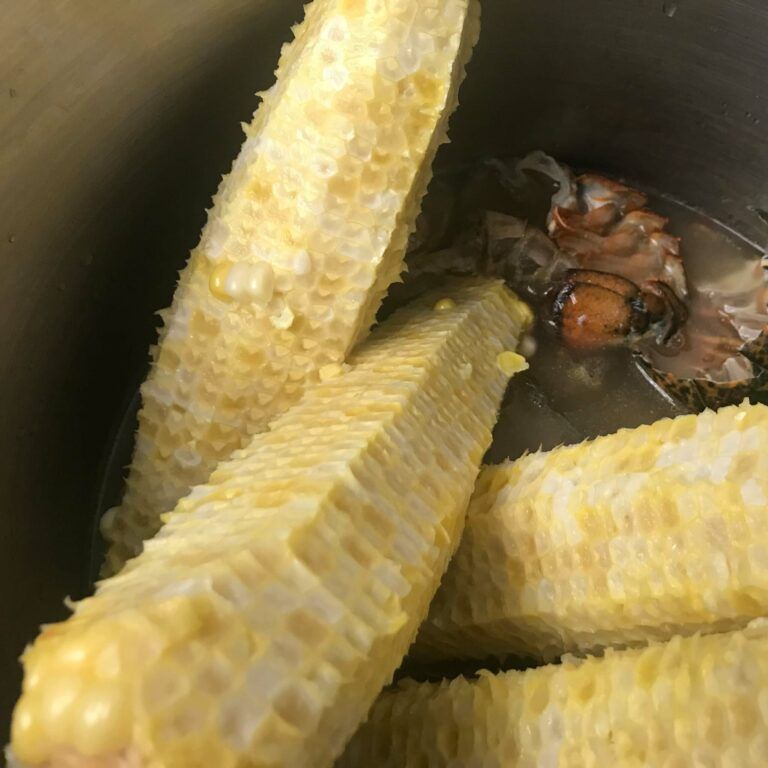
This recipe originally called for just heavy cream. Depending on my mood (and how tight the jeans are), I might use the half and half as I’ve noted here. BUT I’ve also made this soup with whole milk and skim milk too. Although the soup came out thinner, there are so many veggies and tons of seafood that I didn’t mind that at all. The flavor is still there so if you are watching calories and fat, switch it up.
This is a great dish to entertain with. People go nuts for it and it is easy to see why. This is classic chowder that everyone will love.

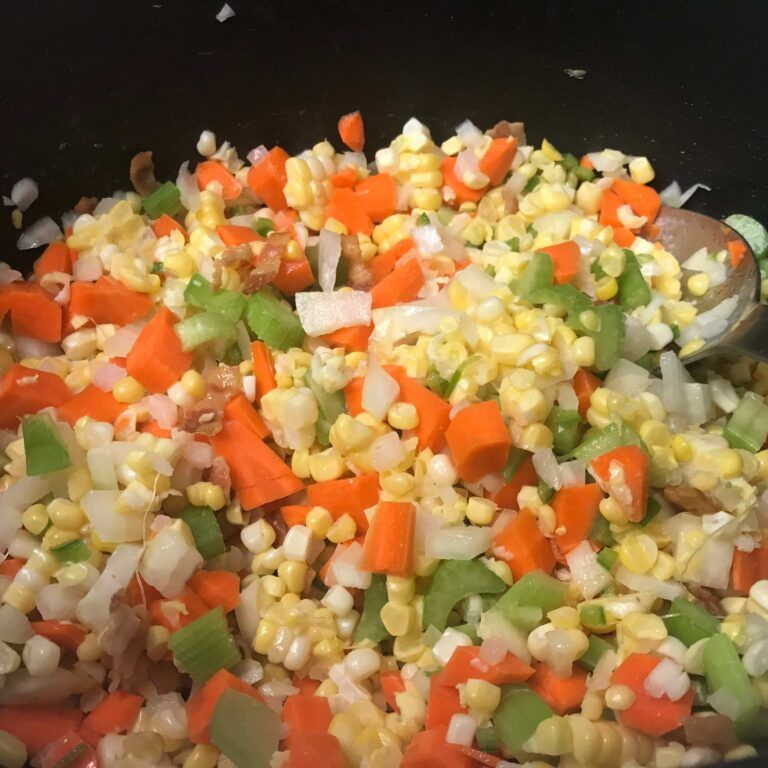
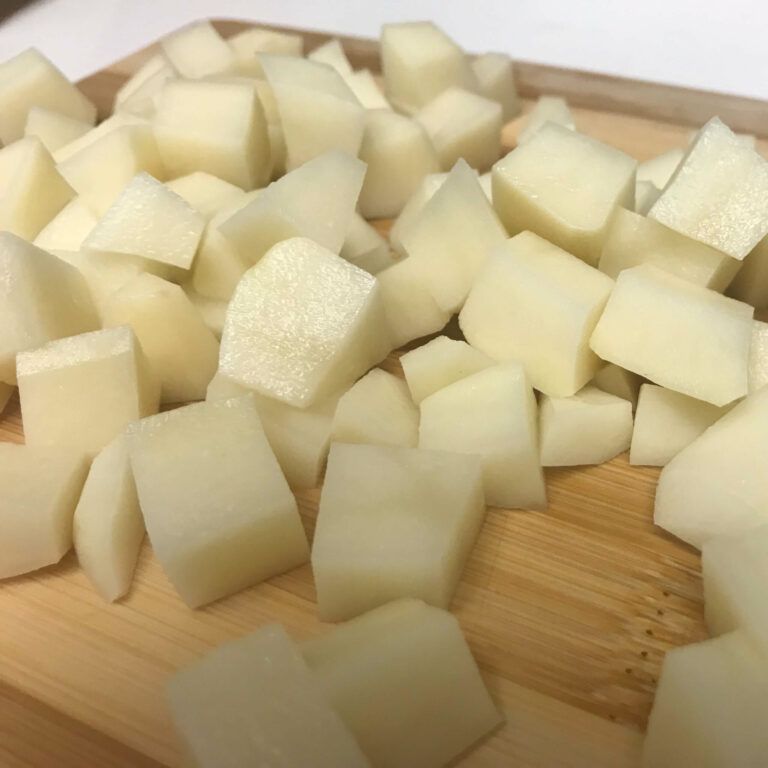
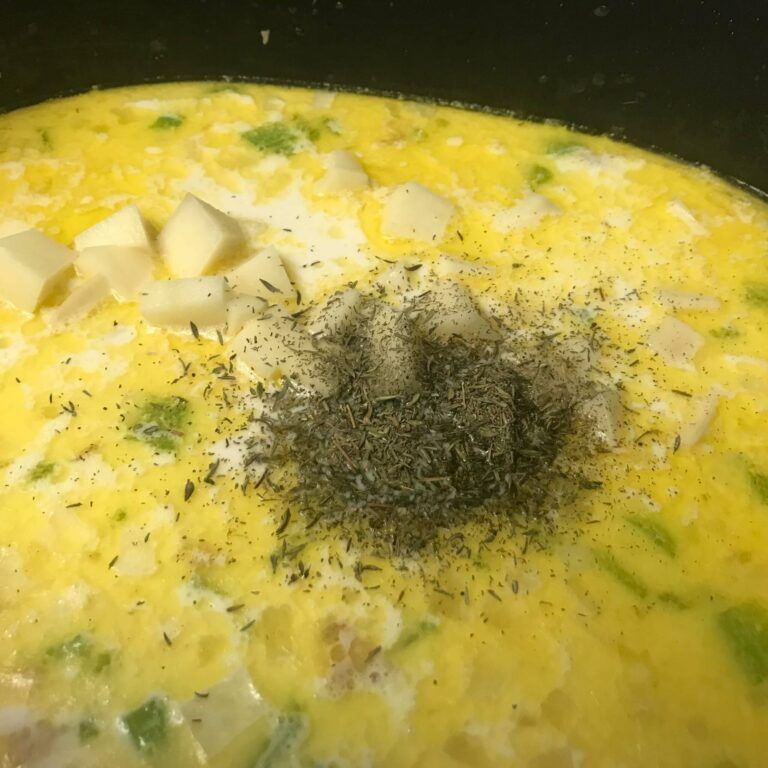

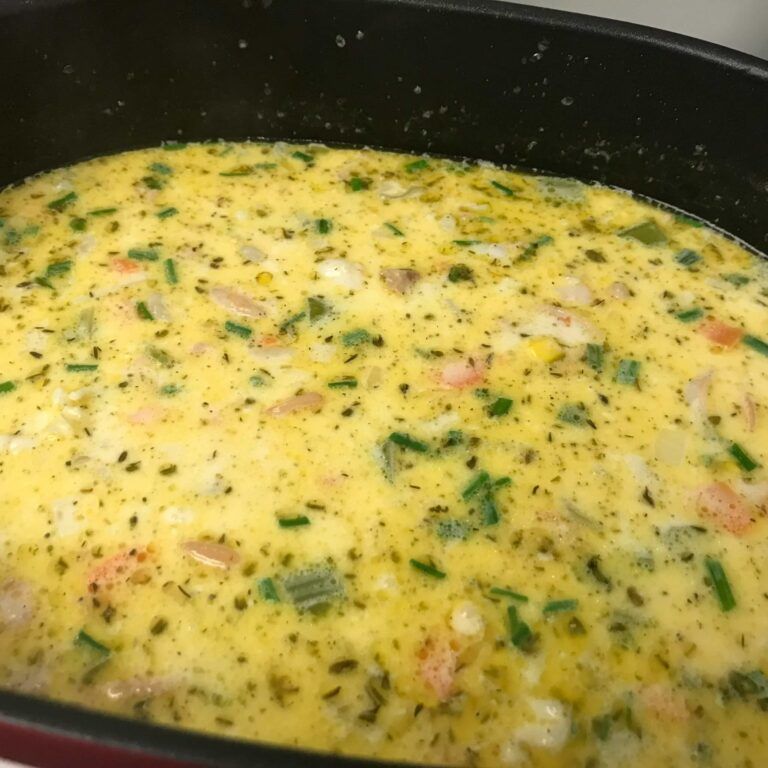
ADDITIONAL NOTE: For the one person who doesn’t like bacon (you know who you are) just use one tablespoon of olive oil instead of the bacon drippings to sauté your veggies. It works just fine. Enjoy.
If you like this recipe and would like other soup recipes, check out some of my favorites:
Spring Peas, Shrimp and Lobster Soup
Beef, Vegetable and Barley Soup
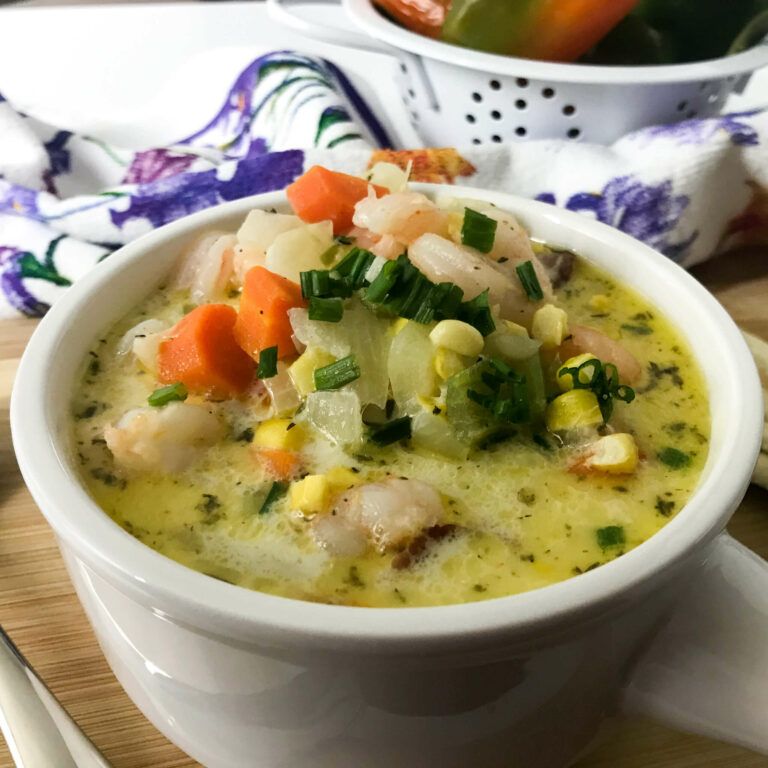

Shrimp & Lobster Corn Chowder
Nutritional information is only an estimate. The accuracy of the nutritional information for any recipe on this site is not guaranteed.
Ingredients
- 2 5 Oz. Lobster tails, meat separated from the shell and cut into small chunks (save shells)
- 1 Lb. Medium Shrimp, shelled and deveined, cut into small pieces (save shells)
- 5 Cups Chicken Stock
- ½ Cup White wine
- 4 Fresh Ears of Corn, kernels removed and placed in a bowl (save cobs)
- 6 Pieces of bacon, chopped into small pieces
- 1 Yellow onion, finely chopped
- 2 Carrots, chopped
- 3 Celery stalks, chopped
- ½ – 1 Hatch chili pepper, seeded and chopped
- 2 Cups Half and half
- 2 Yukon Gold potatoes, peeled and chopped into small pieces
- 1 Tbsp. Olive oil
- 1 Tsp. Dried Thyme
- 2 Tsp. Fresh chives, chopped
- Kosher salt and freshly ground pepper to taste
Instructions
- Add the oil to a large pot. Add all the shrimp and lobster shells and stir until toasted and lightly browned. This takes about 5-8 minutes.
- Add the chicken stock, wine and four reserved corncobs and bring to a boil. Lower the heat and simmer until the stock is reduced to about 2 ½ cups (about 25-30 minutes). In a separate large pot or Dutch oven, add the bacon and cook over medium high heat until the bacon is crispy. About 5 minutes. Add the onion, carrots, celery, pepper and corn kernels and cook until the vegetables are starting to get soft. About 5 minutes.
- Meanwhile, strain the seafood and corn stock into the pot with the vegetables. Discard the shells and corn cobs – their job is done. Stir. Add the half and half and dried thyme and bring to a simmer.
- Stir in the potatoes and get the mixture heated back up to a simmer. Reduce the heat to medium low and cook until the potatoes are tender. About 15 -19 minutes.
- Stir in the shrimp and lobster, chives and a pinch of salt and some freshly ground black pepper. Add the fresh chives and stir. Cook until the seafood is cooked (about 5-8 minutes). Taste and add more salt and pepper if necessary. Serve in individual soup crocks with saltine crackers and more cut chives on top. FYI: I LOVE my soup crocks with the handles. I originally bought them to serve my French Onion Soup in but now use them for all my soups, stews and chilis. I love that I can grab the handle and serve. So much more convenient than trying to lift a bowl of hot soup; plus, they look great. Enjoy.

